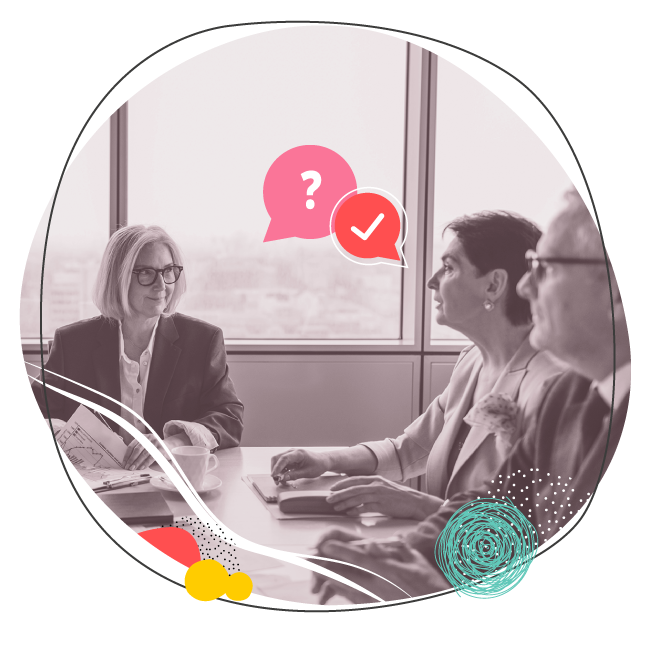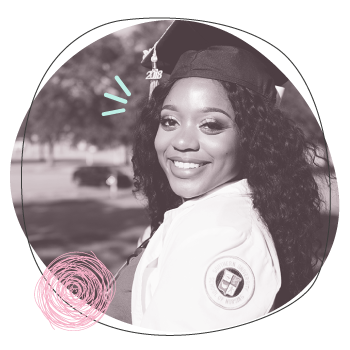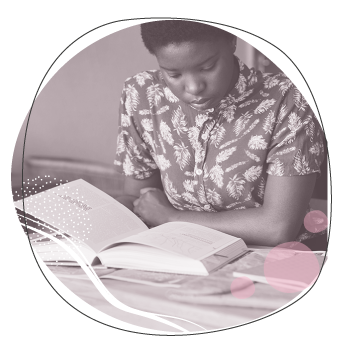

In the previous lesson you were introduced to the future tense and learned about some of the many ways in which you can express ideas, plans or actions that are yet to happen. In this lesson you will also practice with the future, but in a more in-depth way, since this time you will learn about the future perfect tense.
In English, this tense is used to express ideas about upcoming events. Although it is not very common, it is still important to know about it. Listen to the definition:

To make this clearer, take note of its uses and look at some examples.


The next image will help you better understand how actions are located in time when using future perfect, since it can be a bit confusing at first.
In the image above you can see a series of planned activities for different moments of the week. Pay attention to the structure of these sentences and then look at how these activities are arranged in the next timeline:
As you may have noticed, the structure of the sentence for Friday (in the picture of the calendar) is slightly different than the previous ones. This is because it is written in future perfect.
When using future perfect you get to talk about future actions or situations in a slightly different way. Look at the basic structure of the future perfect:
Below you will find some more examples of sentences with future perfect.
Also, as mentioned in the previous lesson, you can easily change any tense and turn an affirmative sentence into negative or into a question. Let’s see how to make a negative sentence first.
To learn how to make a negative sentence using this tense, pay attention to structure below:
As you can see, all it takes is the addition of the negative particle not after the auxiliary will, or to use the contraction won’t. Next, are some examples of this.
Now that you know how to express ideas using the affirmative and negative future perfect, look at how to make questions in this tense.
There are two ways of making questions. First, look at how to create a yes/no question with the structure of affirmative sentences.
You must exchange the positions of the subject and the auxiliary (will) to make a yes/no question, as shown in the image.
Taking this into consideration, a yes/no question would look like any of the following examples:
But remember that this is only one way to make a question. If you want to get specific information, you can use the structure below:
As you can see, to ask for more details you must use a word indicating question at the beginning of the sentence. Look at some examples:
Next, you will see a comparison between the future continuous (reviewed in the previous lesson) and the future perfect, so that you can recognize the differences and use them correctly according to the situation.
Both tenses are used to talk about the future; for this reason, their structures share some similarities. Look at the table below to recognize their similarities and differences.
As you can see, even though the structures may seem similar, they are not the same and, because of this, they express concepts and ideas about the future in slightly different ways. You must choose according to your needs or context.
To continue practicing and to help you recognize the differences between the future perfect and the future continuous, watch the following video and observe the uses of both tenses in context.
Keep practicing! Watch the following video for more information and examples of the future perfect.
Future Perfect – Info & Examples
After learning about the uses, structures and forms of the future perfect, put your knowledge into practice and check your comprehension of the information reviewed in this lesson.
Instructions: Listen to the following audio and pay attention to the phrases in present perfect that are used in the conversation.
Listen to the audio again and answer these questions:
What are their names?
Do they know each other?
What are they talking about?
When will they meet?
Click on the button to check your answers.
After putting your listening skills into practice, continue by working on your reading skills.
Instructions: Read and complete the transcription of the dialogue you just heard.
Now put into practice your pronunciation with the next exercise.
Instructions: Practice your pronunciation by repeating the phrases aloud (or recreate the conversation with a partner).
You don’t have to do it perfectly, but you need to try your best.
Finally, put into practice your writing skills by doing the exercise below.
Instructions: Analyze the sentences and rewrite them using the future perfect.
In this lesson you were able to recognize the affirmative, negative, and interrogative forms of the future perfect. You also learned that this tense is used to talk about an action that will be completed between now and some point in the future, giving you the possibility to express how long the action will last. Now it is up to you to apply this knowledge correctly, according to your needs and context.
It is time to test yourself. After studying the contents of this lesson use what you learned to complete this assessment.
Instructions: Imagine you are 75 years old, what do you think you will have done by this age? Think about 10 things and write them down. Be as detailed as you can.
Look at the example: “When I am 75, I will have lived and worked in South America for at least 10 years.”
*Remember to check your grammar and spelling.